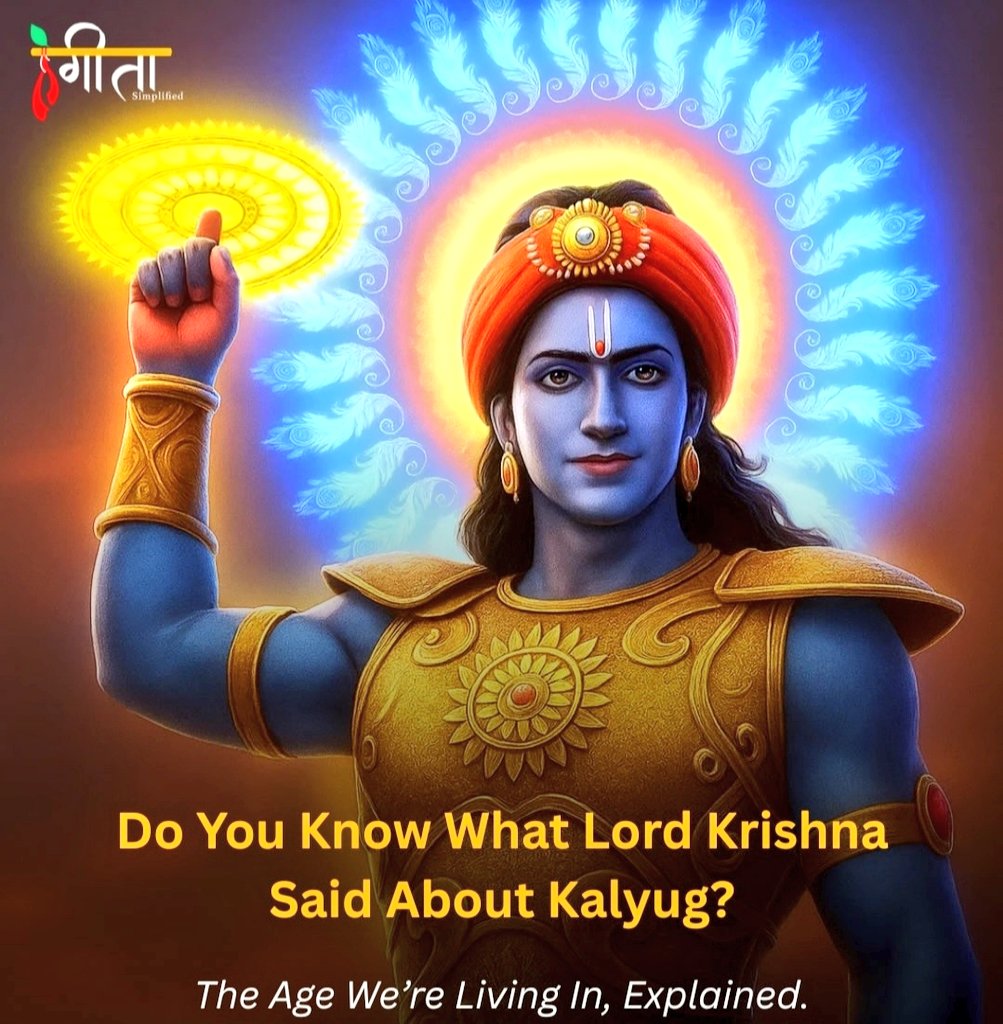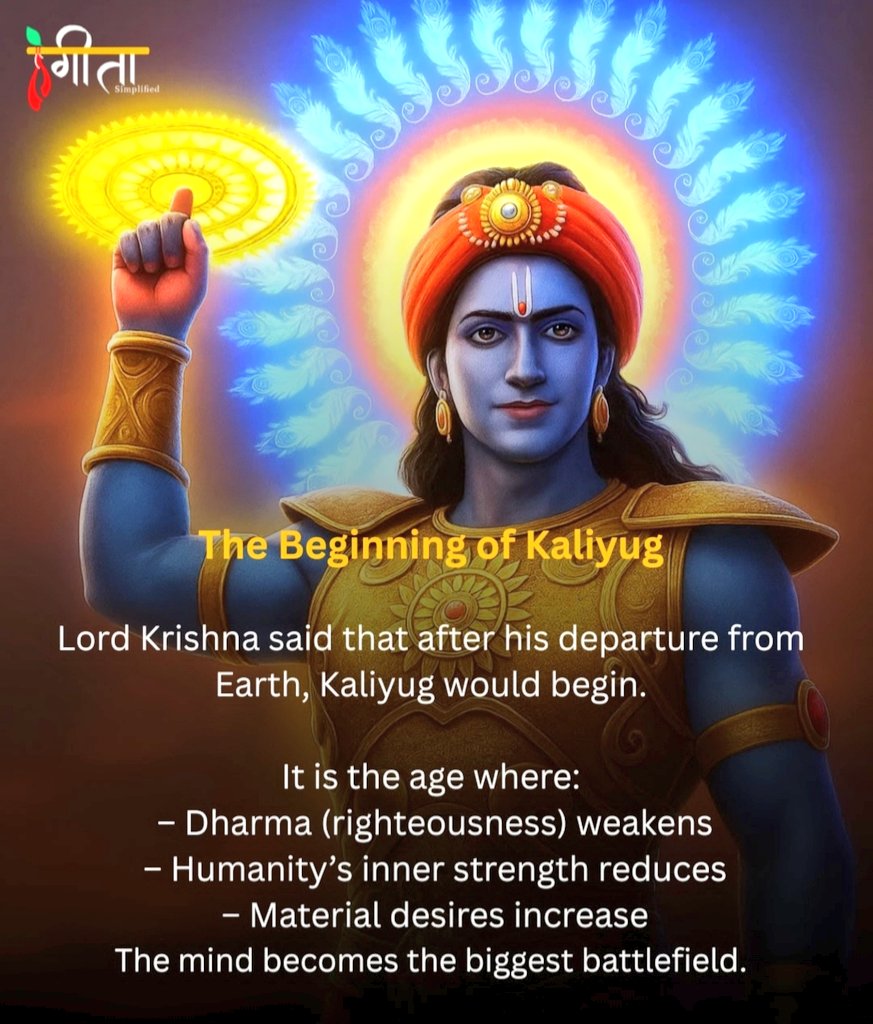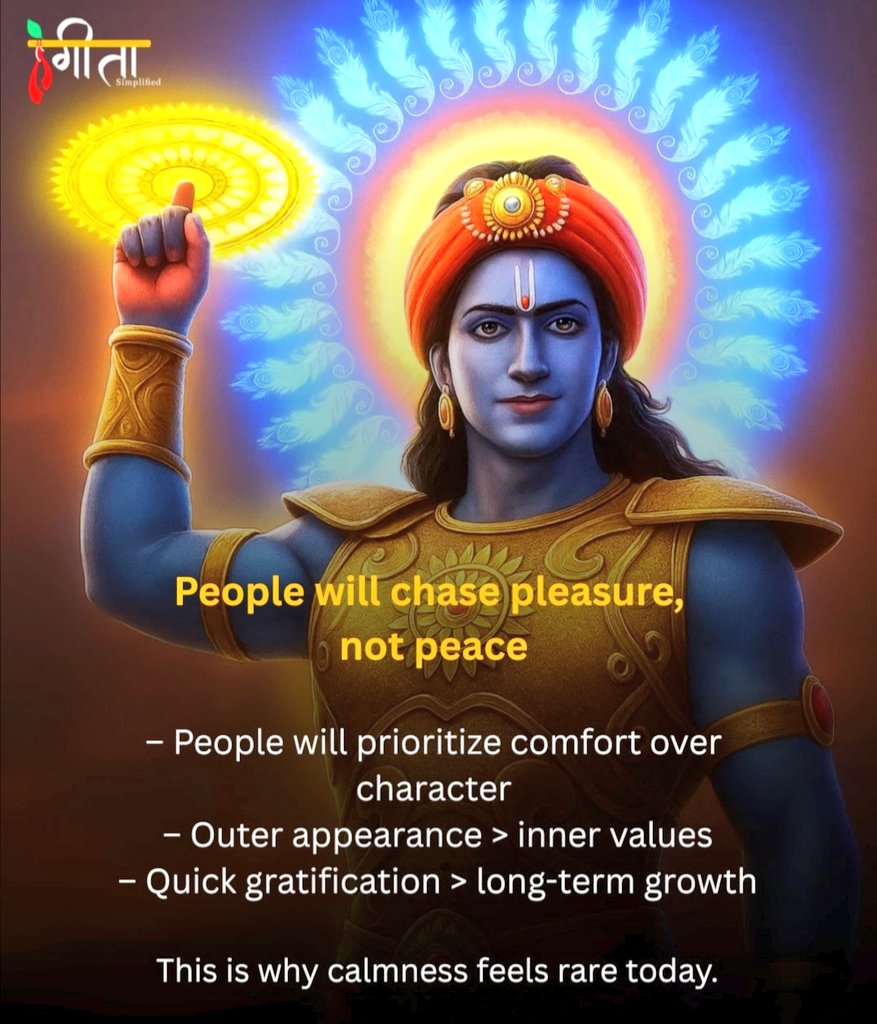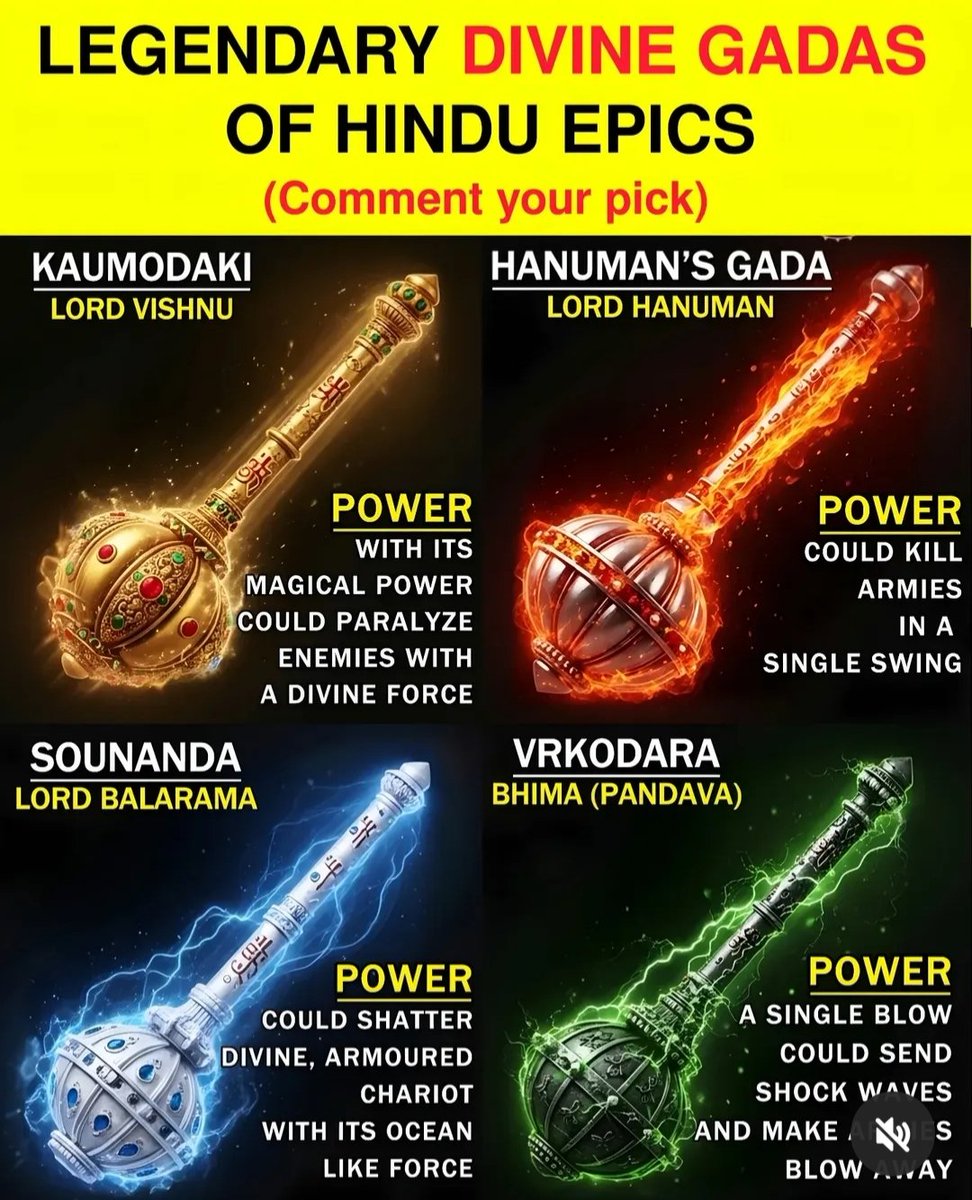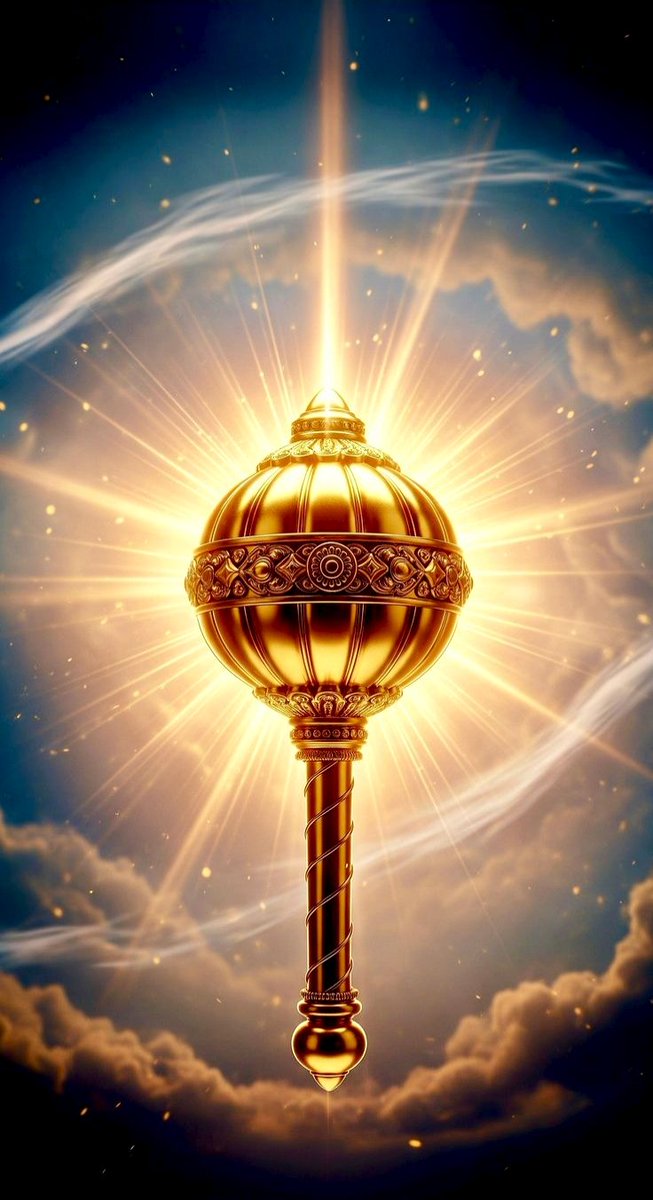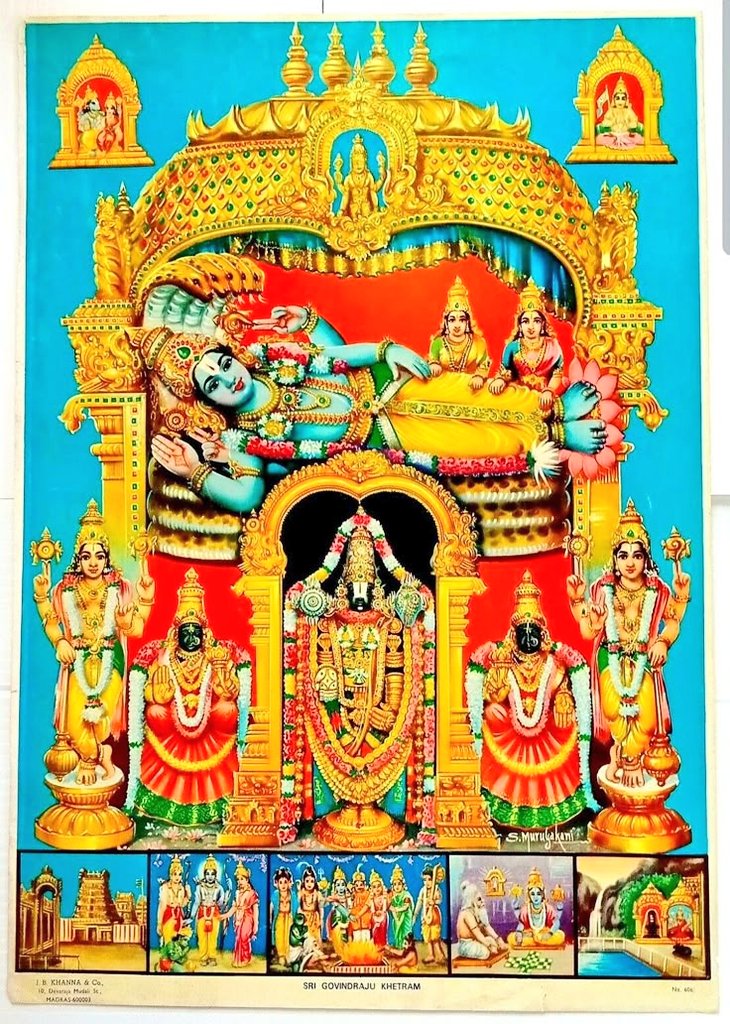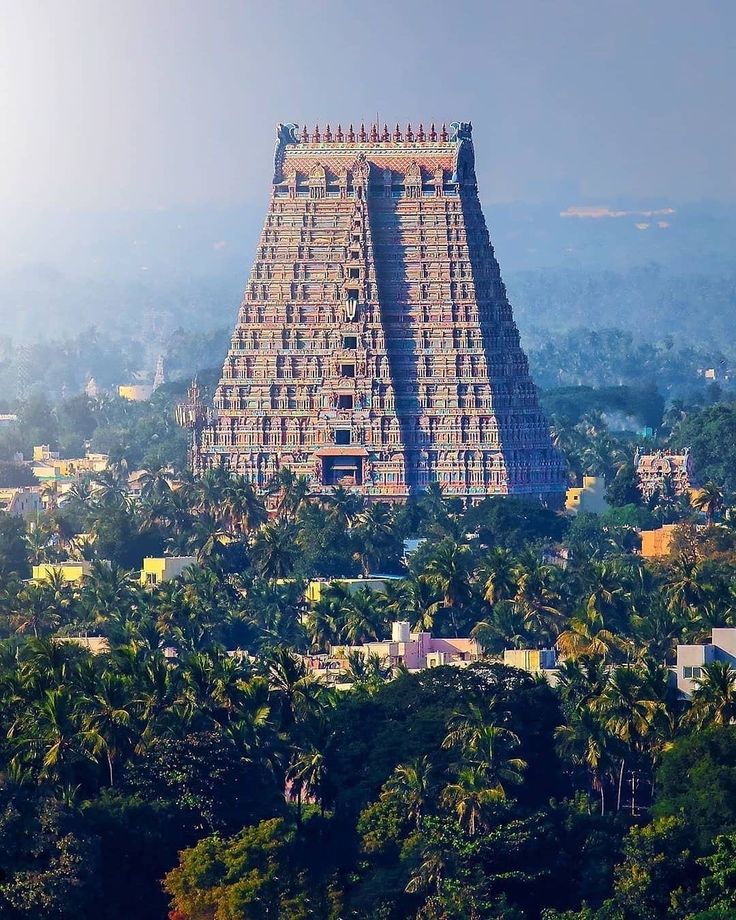Brahma temple in Pushkar is the only temple dedicated to God Brahma in the whole world. It is a pilgrimage site that is frequently visited by thousands of devotees every year. Located in the district of Ajmer, Pushkar is a small and serene town that hosts the world’s only... 

...Brahma temple where Brahma Ji, the god of creation, is worshipped.
Brahma, despite being one of the most powerful gods and the creator of the universe, has only one temple dedicated to him in the world, and this is what makes the Brahma temple in Pushkar so unique among...
Brahma, despite being one of the most powerful gods and the creator of the universe, has only one temple dedicated to him in the world, and this is what makes the Brahma temple in Pushkar so unique among...

...several other pilgrimage sites and shrines in Rajasthan.
Located close to the sacred lake of Pushkar, the Brahma temple pretty much reflects the Rajasthani architectural style. The fact that it finds a place in several Rajasthan tour packages doesn’t come as a surprise.
Located close to the sacred lake of Pushkar, the Brahma temple pretty much reflects the Rajasthani architectural style. The fact that it finds a place in several Rajasthan tour packages doesn’t come as a surprise.

Although the current structure dates back to the 14th century,the core structure of the Brahma temple is about 2000 yrs old.
Built on a high platform,there r a number of marble steps that lead to entrance of the holy Brahma Pushkar temple which is adorned with pillared canopies.
Built on a high platform,there r a number of marble steps that lead to entrance of the holy Brahma Pushkar temple which is adorned with pillared canopies.

After the entry gate comes the pillared outdoor hall called Mandapa and then the main sanctum sanctorum called Garbhagriha which is dedicated to Brahma and his second wife, Gayatri. 

The symbol of hamsa (Swan), the mount of Brahma Ji, at the main entry gate, and the 70 feet high red shikhara (pinnacle) are two distinct and prominent features of the temple. 

Structurally, the temple is constructed with stone slabs and blocks that are fixed together with molten lead. The walls and the marble floor (in black and white checks) have been studded with hundreds of silver coins by worshippers with their names etched on them.
These coins are a mark of offerings by devotees to their worshipper, Brahma.
Within the temple, the idol of the Brahma at Pushkar temple is made of marble and seated in a cross-leg position which depicts the aspect of the creation of the universe.
Within the temple, the idol of the Brahma at Pushkar temple is made of marble and seated in a cross-leg position which depicts the aspect of the creation of the universe.
• • •
Missing some Tweet in this thread? You can try to
force a refresh


